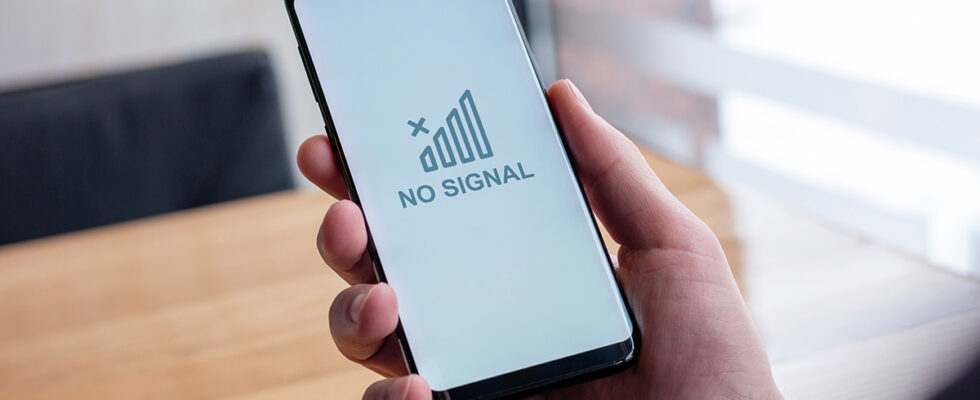Arcep has just published its New Deal Mobile report. For the occasion, the Electronic Communications Regulatory Authority took stock of the coverage and quality of mobile services in France. Good news, white areas will soon become history.

Remember, in 2018 the government and Arcep announced a set of measures and commitments from operators to democratize 4G in France and above all accelerate mobile coverage of the territories: the New Mobile Deal. As a reminder, Bouygues Telecom, Orange and others have until 2031 to meet these obligations.
Every year, Arcep takes stock of the progress made by operators and the efforts they still need to make. In 2022, we remember in particular that the government announced the signing of several decrees to accelerate the deployment of 4G in more than 600 rural areas where 4G quality was terrible.
So, where are the French operators? First of all, Arcep tells us that between the end of 2017 and the end of 2022, the number of sites equipped with 4G more than doubled. To give you a telling figure, the share of the territory covered by 4G from the four operators increased from 45% in 2018 to 88% at the end of the first quarter of 2023.


White areas are disappearing in France
Concerning the white areas, a significant effort has been made. As proof and over the same period, the share of the territory located in the 4G white zone fell from 11% to only 1.9%. As a result, 4G coverage is now almost uniform. While only six departments (all located in IDF) had 4G coverage of more than 90% in 2015, At the end of 2022, there were only six metropolitan departments with coverage below 90%.
In parallel with the coverage, Arcep salutes in its balance sheet the constant improvement of the quality of mobile service in France. Concerning voice and SMS services for example (2G and 3G therefore), more than 99% of the population enjoys “good coverage”. Remember, however, that operators are required to achieve 99.8% “good” voice and SMS coverage by 2031. Recorded speeds have also increased. Between 2018 and 2023, the proportion of measurements that noted a download speed of at least 3 Mbit/s increased from 77% to 88%.
Another interesting piece of data, Arcep’s results tell us more about 4G coverage of road and rail routes. If on motorway areas, 4G coverage oscillates between 99.4% and 99.9%, there is still work to be done on rail networks (between 97.7% and 99.3%). Mobile internet performance is notably of an average level according to Arcep.
